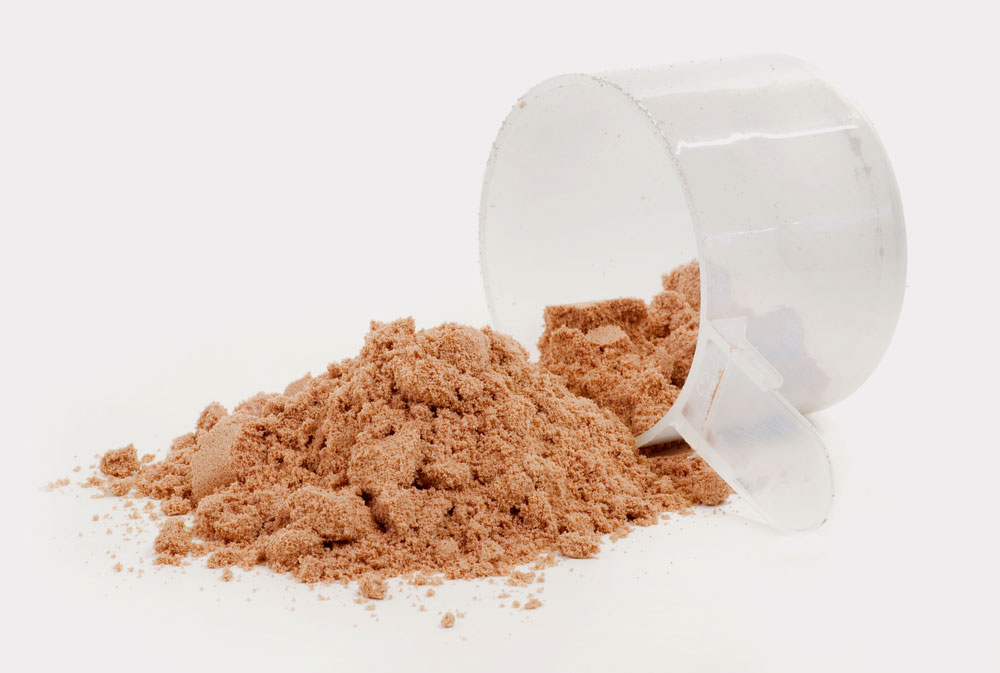Boxing
Wednesday, 22 October 2008, 16:10 • 3142 เข้าชมแล้ว
Boxing
Characteristics of the Sport
Boxing is a unique sport that attracts dynamic, explosive athletes who possess
excellent aerobic fitness. As it is a weight category sport, power-to-weight ratio is
crucial in determining success in boxing.
Training
Boxers often train three times each day in the lead-up to a tournament. These sessions
include weight training, running, sparring, technical skill work and conditioning such as
medicine ball work and skipping. Much of the activity is explosive, however boxers
require a solid aerobic base to enable them to perform over the entire duration of a
bout. The AIS Boxing Website (www.ais.org.au/boxing/index.htm) provides more
detailed information regarding the training demands placed on boxers.
Competition
Boxing is a sport governed by weight divisions - i.e. boxers of similar body weight
compete in weight-capped categories. As a result, there are numerous dietary
implications as boxers attempt to manipulate their weight in order to gain a competitive
edge over competitors. The various weight divisions for amateur boxing are listed
below in Table 1. These weight divisions are specifically for amateur boxing, as
professional boxing employs different weight divisions and rules to govern weigh-in
procedures before competition.
Amateur boxing tournaments vary considerably in length and format. Boxers may be
required to compete daily, however, most international boxing tournaments require
boxers to compete every second day. At international boxing tournaments, boxers may
be required to compete 4-5 times in order to win the tournament. Each competition or
bout involves four 2-minute rounds with 1-minute rest between rounds.
On the first day of competition all boxers are required to weigh-in between 8 am - 10 am
regardless of whether they are competing on the day. On subsequent days of the
tournament only those boxers who are actively competing on the day are required to
weigh-in. A minimum of three hours must elapse between the close of weigh-in and the
commencement of competition. Boxers routinely "cut" or reduce their weight in the lead
up to competition in order to optimise their power-to-weight ratio. They usually achieve
this weight reduction with a combination of dieting in the days leading up to competition
and dehydration immediately before competition.
Amateur boxers are required to weigh-in daily as they progress through a tournament.
Consequently, amateur boxers have to balance their intake even after weigh-in so they
are able to make weight for their following bout. This contrasts to stories often reported
about professional boxers eating huge binge meals after weigh-in.
In order to best manage their weight in the lead up to competition and during a
tournament, boxers at the Australian Institute of Sport undergo routine body weight and
body composition assessment as well as nutrition counselling.
Common Nutrition Issues
Daily Energy and Nutrient Intake
Despite having large energy (kilojoule) requirements due to daily training demands,
boxers are often required to limit their food intake in order to reduce their weight in the
lead up to competition. Consequently, boxers must make wise food and fluid choices
throughout the day to ensure they refuel and repair muscle adequately between training
sessions, whilst maintaining a relatively low kilojoule intake.
Food choices that are rich in nutrients such as carbohydrate, protein, iron and vitamins
are a priority for boxers aiming to optimise their daily food and fluid intake. It is
important for boxers to eat nutrient-rich, low-fat foods at meals and snacks in order to
meet their daily nutrient needs. High-fat snacks (i.e. chocolate, pastries, potato crisps)
and nutrient- free carbohydrate foods and fluids (i.e. soft drinks, lollies) are encouraged
only as occasional snack foods, as they are kilojoule-rich and low in nutrients.
Weight Management
As boxing is a weight category sport, boxers commonly undertake some dietary
measures to make weight before competition. In order for our athletes to best manage
their weight in the lead up to competition, the AIS employs a long-term weight
management program with boxers. These athletes are encouraged to maintain their
weight within 10% of their weight division year round - even during times in the year
when no tournaments are scheduled.
Leading into busy competition periods, the aim is to achieve a gradual reduction in body
weight and body fat for 8-10 weeks. Reducing body fat levels before competition
begins, increases the athlete's power-to-weight ratio - a distinct advantage in weight
category sports. Within 24 hours of the weigh-in, athletes who haven't achieved their
weight category limit will employ mild dehydration in order to shed the last kilogram or
so. As boxers have a minimum of three hours (and typically four to eight hours)
between weigh-in and the start of competition, there is adequate time to rehydrate and
refuel so performance is not impaired. Athletes who lose large amounts of fluid and
become severely dehydrated to make weight, risk serious health and performance
consequences.
Eating Behaviour
Due to the weight considerations of the sport, some athletes develop unhealthy eating
and drinking patterns. Occasionally, boxers develop "feast or famine" dietary habits.
When they are not in specific competition preparation they gorge themselves on highfat,
high-kilojoule food such as takeaways, deep fried foods and soft drinks. Then,
immediately before competition, they restrict their intake to low-energy foods in order to
achieve rapid weight loss prior to competition.
Specific education that targets a yearly weight management plan assists athletes in
avoiding this situation. Athletes are encouraged to maintain their weight close to their
competition weight in order to avoid periods of restrictive dieting. A more balanced
long-term approach ensures that athletes reach their weight safely, without undertaking
extreme measures.
Fluid Balance
It is not unusual to find boxers training in sweat gear (i.e. tracksuits or heavy clothing) in
order to promote sweating during training. This practice is heavily entrenched in the
sport of boxing despite education regarding the dangers of dehydration. Boxers at the
Australian Institute of Sport are provided with drink bottles, water and sports drinks and
are encouraged to drink routinely throughout training sessions to ensure they maintain
hydration from one training session to the next. Furthermore, boxers routinely weigh
themselves before and after training to gauge how much weight they have lost during a
session. Any weight loss recorded on the scales is simply a reflection of fluid they have
failed to replace. In order to rehydrate before the next training session, athletes need to
drink one and a half times the amount they have lost.
Case Study
Matthew is a 17-year-old amateur boxer who has been competing in the Light Welter
(60-64 kg) weight division. Recently, he underwent a growth spurt - his height
increasing by five centimeters and his usual training weight increasing from 66 kg to 70
kg. In the past, Matthew had been very successful in the Light Welter weight division
and so, rather than stepping up a division to Welter weight (64 - 69 kg) for an upcoming
tournament, he decided to reduce his weight and remain in the Light Welter division.
Although having to lose more weight than usual, Matthew started reducing his weight
only a couple of weeks before the tournament. Despite having easily made his weight
in the past, Matthew learned quickly that losing such large amounts of weight in time for
his tournament was almost impossible. With only 24 hours left before weigh-in Matthew
still had 3.5 kg to lose in order to make weight.
In a last ditch attempt he decided to limit his food intake to two pieces of fruit at
breakfast and lunch, skip dinner and reduce his fluid intake to sips of water only. He
also decided to put on a heavy tracksuit to help sweat off the excess weight via
dehydration. Matthew managed to reduce his weight in order to weigh-in under his
weight division limit. However, Matthew competed well below his best, feeling tired and
lethargic during his one and only bout.
After the tournament Mathew decided to seek the advice of a sports dietitian to
determine whether he would be better suited to a heavier weight division. The sports
dietitian assessed his current height and weight against growth charts to best guess his
growth potential. It was quickly determined that Matthew would be better suited to the
heavier weight division to allow for normal growth and development to occur. The
sports dietitian discussed long and short-term weight management plans prior to
competition to ensure Matthew remains competitive at his new weight division. As the
sports dietitian explained, it is not unusual for junior boxers to move up weight
categories to allow for normal growth and development.





